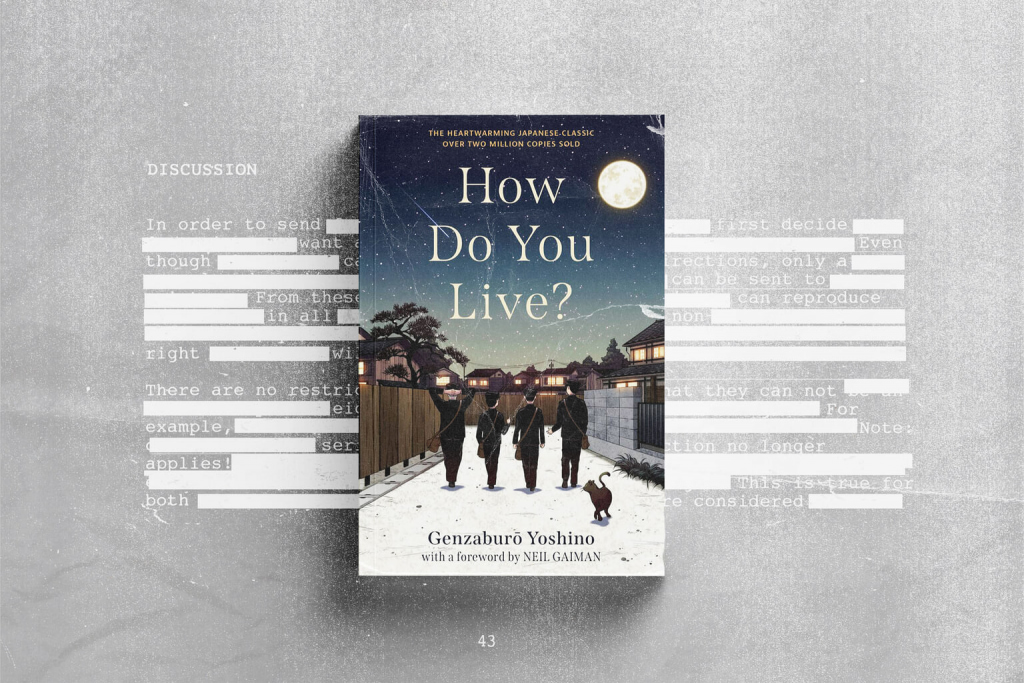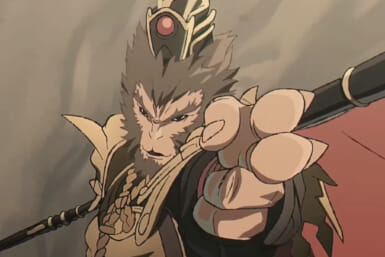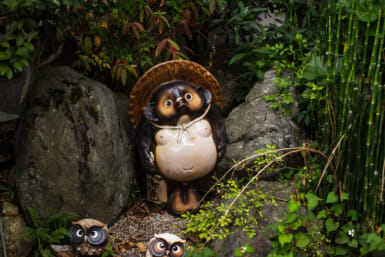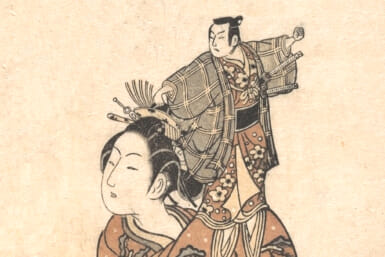When Genzaburo Yoshino penned How Do You Live? in 1937, a work of anti-authoritarian genius that remains on the classical arts curriculum today, it was an exercise in sociopolitical legerdemain. For purposes of stealth, Yoshino packaged an ethics book of then-outlawed Western ideas as a coming-of-age children’s novel to avoid the prying eyes of the Tokko, Imperial Japan’s “Thought Police.”
If one were to read only the chapters narrated by an omniscient voice that follows the protagonist, a 15-year-old boy in interwar Tokyo nicknamed Copper, the sleight of hand wouldn’t be so apparent. These chapters are often as not wholesome, as Copper passes the seasons by visiting a friend who’s making tofu for the family shop, devising his own commentary for a college baseball game, or reuniting with his schoolmates after a brief falling out.
However, paired with intermittent essays written to Copper by his uncle, which touch on Newtonian physics, the greatness of Napoleon’s rags to riches arc, what it means to be human in the 20th century and living one’s life in pursuit of liberty and self-actualization, it becomes an entirely different proposition.
Most Japanese today will at least know the title, whether or not they’ve read it, but How Do You Live?’s journey to literary immortality wasn’t without its travails.
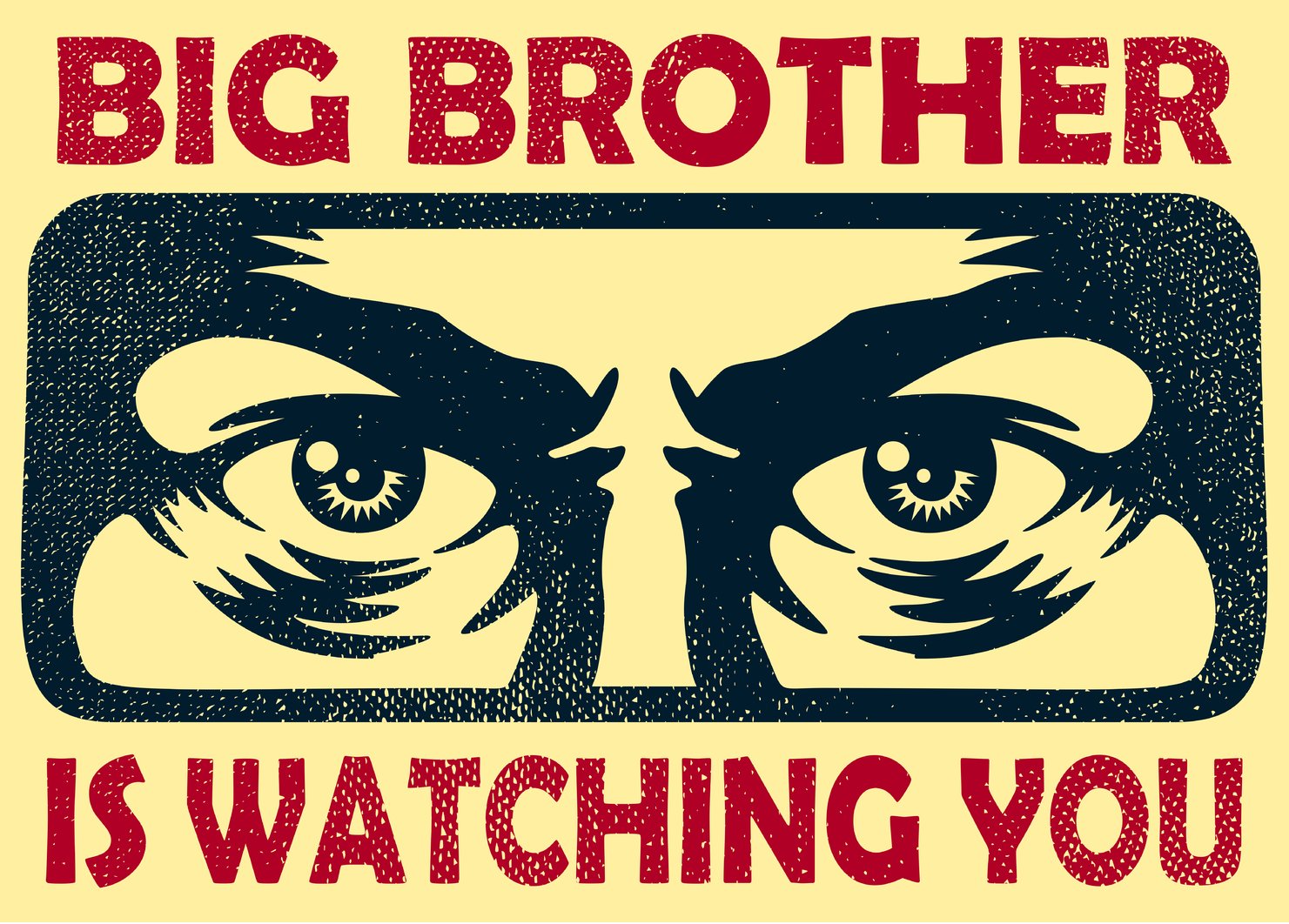
The Thought Police
By the 1930s, Japan was presided over by the same fascist dictatorship that would lead it into war in 1941, and the Tokko were tasked with enforcing the Public Security Preservation Law, enacted to ban ideas deemed anti-capitalist or contravening the “national essence.”
Yoshino, a philosophy and literature graduate working at the University of Tokyo library, fell afoul of the law several years before How Do You Live? was published when he was imprisoned for 18 months in 1931 for attending meetings with known socialists. This only served to strengthen his idealism.
Upon release, his friend, the novelist and playwright Yuzo Yamamoto, offered Yoshino the opportunity to write the last book in a series for younger readers. Originally planned as an ethics textbook, Yamamoto suggested to Yoshino that the novel would work as a more subversive and clandestine medium for delivering the book’s lessons. Thus, How Do You Live? took the form of parables and essays, ostensibly aimed at children, which allowed it to thrive undetected, becoming a top 10 bestseller in its year of release.
Yoshino and Yamamoto successfully pulled the wool over the government’s eyes, but only for a handful of years. By 1942, the Tokko had caught wind of the novel and took it out of circulation, only to rerelease it in 1945, excised of its capitalist critiques and not-fit-for-public-consumption ideals.
How Do You Live? would live life anew, however, republished in its original form before Shoichi Haga created a 2018 manga adaptation that sold two million copies — more than any other book published that year.
The next step in the novel’s journey will be guided by legendary Studio Ghibli pioneer Hayao Miyazaki, who’s reportedly coming out of retirement to make one final animated film based on Yoshino’s work. Miyazaki’s adaptation, expected to follow the story of a young boy who reads How Do You Live?, is being left as a gift to the auteur’s grandson as he prepares to “move on to the next world,” says the film’s producer Toshio Suzuki.
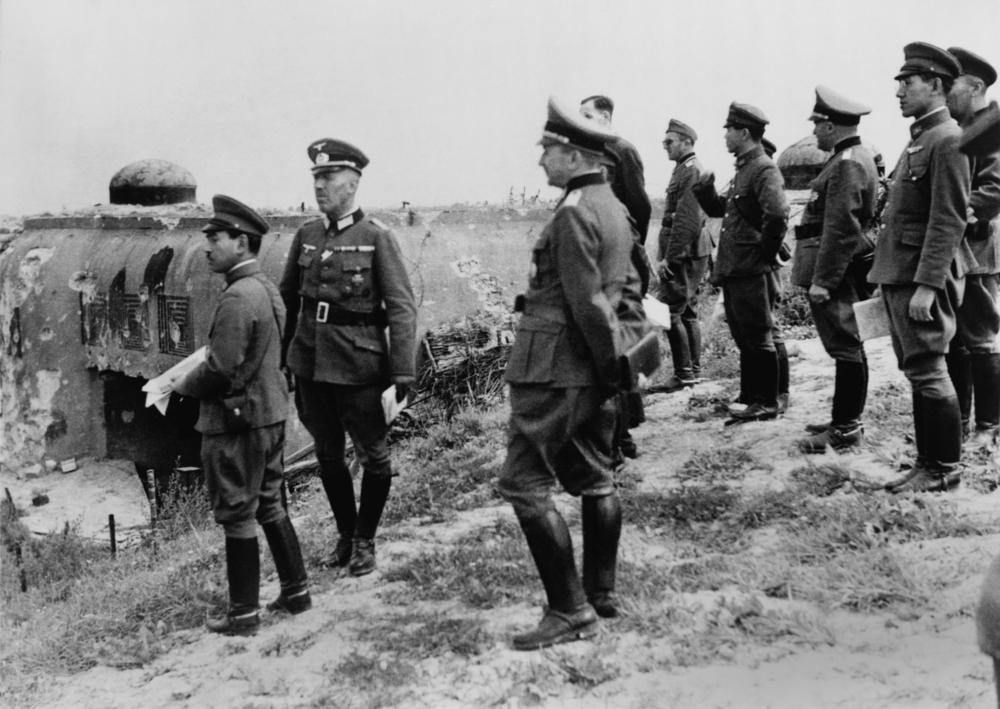
Japanese officers inspect Maginot Line, after the German defeat of France in World War 2. They inspect the damaged entrance to the elaborate fortifications at Schoenenbourg. Sept. 26, 1940.
Life Lesson in How Do You Live?
How Do You Live? was translated into English by Bruno Navasky last year and its unorthodox format, which Neil Gaiman compares to Moby Dick in the book’s foreword, and enduring life lessons provide much value for modern readers.
Copper’s uncle is his idol and pseudo-father figure, so it’s fitting that each chapter in the boy’s life segues into his uncle’s notebook. Here, he scribbles thematic letters to his nephew, covering ideas such as humanism, progress, individualism and issues of class and social conformity, that evoke the enlightenment thinkers of Europe.
“Nonetheless,” his uncle writes after he and Copper have been gazing out at Ginza from a department store rooftop, “to see yourself as a single molecule within the wide world — that is by no means a small discovery.”
Later he writes to Copper, in a letter titled “On True Experience.”
“If it means anything at all to live in this world, it’s that you must live your life like a true human being and feel just what you feel. This is not something that anyone can teach you from the sidelines, no matter how great a person they may be.”
Or as he notes on greatness:
“But more than humbling ourselves to these people, we must be bold enough to ask questions. Such as ‘What did they accomplish using these extraordinary abilities?’… And with extraordinary abilities, isn’t it possible that one might just as easily accomplish extraordinarily bad things?”

TANOMI YAMAMURA leads Arienai Demonstration, bi-monthly rallies, outside the court entrance and outside Shinjuku Station. (Photo: Shinta Yabe)
In the context of 1930s Japan, the subtext of insubordination to the state is worn heavily on Copper’s uncle’s words. Moreover, it’s impossible to overlook the maturity of these themes. Which raises the true question of the book: Who is it really for?
Navasky sees a timelessness in Yoshino’s teachings and an application that goes far beyond the children, or even adults, of interwar Japan. As he notes in an afterword, “It’s a unique book, and particularly valuable to us now, when violence against citizens is on the rise, and independent thinkers are being attacked by their governments both here and abroad.”
On the face it, fusing a book about childhood friendships, like Stephen King’s The Body, with a work akin to Alexander Pope’s An Essay on Man, makes for an awkward coupling. But this is one of the great strengths of the novel: its malleability. And Yoshino bent the form to his will creating a work of art that’s both decidedly of its era, yet everlasting in its moral implications.
How Do You Live? may have teetered on the brink of death in 1940s Japan, but we should all be grateful that it has cemented its place in the canon of Japanese literature.

